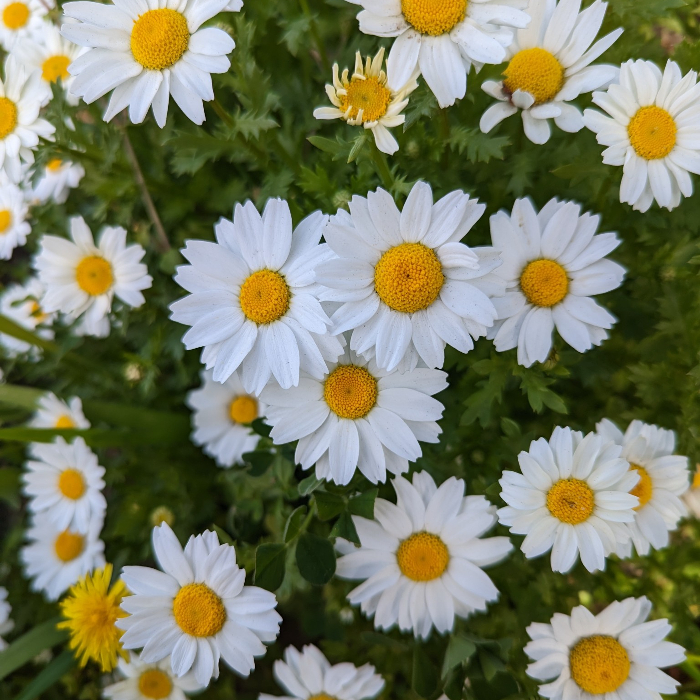UNITED STATES—Annual bedding plants are surprisingly more popular among those who enjoy gardening less. Those who procure the services of gardeners appreciate the rich colors and simple efficiency of annuals. Many who are more directly involved with their gardening consider them to be decadent. Nonetheless, warm season bedding plants will soon be in season.
Cool season bedding plants should perform well until the weather becomes too warm for them. There is therefore no rush to replace them yet. Besides, it is likely still a bit too cool for mature warm season bedding plants to be out in the garden. However, seed for warm season bedding plants takes time to grow. Some should start now to be ready for spring.
For example, petunia, impatien and zinnia are some of the most popular of warm season bedding plants. Almost all of them arrive at their respective gardens as somewhat mature plants within cell packs from nurseries. Presently, such plants may be vulnerable to frost. However, seed of these plants that begin now should start to grow after the threat of frost.
There are good reasons to grow some bedding plants from seed.
Not many of even the most avid of garden enthusiasts grow these popular warm season bedding plants from seed. Yet, a few do so. Some unusual or rare plant varieties are only available as seed. Many common wildflowers and ‘true to type’ annuals provide seed for subsequent generations. Such seed generally start in flats with shelter from frost indoors.
From flats, seedlings may graduate to cell packs or small pots prior to transitioning into a garden. Some should actually begin within cells rather than flats. Seedlings relocate into a garden when adequately mature, whether from flats, cells or pots. Seed for many warm season bedding plants perform best directly in the garden though, without transplanting.
Nasturtium seedlings do not grow well within the confinement of cells. Then, they remain somewhat pekid for a few days while they recover from transplanting into a garden. They grow so much more efficiently from seed sown directly into a garden. Marigold can grow about as well from seed directly in the garden as they can as seedlings that grew in flats.
Highlight: Oxeye Daisy
Like several annual warm season bedding plants, oxeye daisy, Leucanthemum vulgare, is actually perennial. Also, some of the less extensively bred sorts disperse enough seed to naturalize and potentially become invasive. Increasingly popular modern varieties that are prudent with seed might not be true to type. Some might revert to more prolific forms.
Modern varieties should not get much higher than a foot and a half. They should also be more dense than the simple species, which gets a few feet tall. Foliage and form is quite variable among varieties. Stems are solitary or branched. They may be leafy or sparsely foliated above basal rosettes. Leaves might be lobed or serrate, with or without petioles.
The solitary, paired or tripled composite blooms of oxeye daisy are not so variable. They are classic daisies, with a dozen to three dozen clear white ray florets surrounding bright yellow disc florets. Without deadheading, fresh new bloom overwhelms deteriorating old bloom. Oxeye daisy is splendid as a cut flower. Spring bloom continues through summer, and can actually continue sporadically for as long as the weather is warm.
Tony Tomeo can be contacted at tonytomeo.com.




